Cultural relics are vessels of culture and witnesses of history. Over the course of time, a vast number of valuable artifacts that testify to the growth of China's pharmaceutical industry have been preserved.
China National Pharmaceutical Group Co Ltd (Sinopharm) has diligently safeguarded these treasures with craftsmanship, meticulously establishing museums and memorial halls for these relics.
China Museum of Biological Products

China Museum of Biological Products completed construction in 2019. Covering an area of about 1,000 square meters, it is the first industrial museum in China that displays the development of the country’s biological products.
In May 2023, the museum was approved as a Scientist Spirit Education Base jointly announced by the China Association for Science and Technology, the Ministry of Education, the Ministry of Science and Technology, the State-owned Assets Supervision and Administration Commission of the State Council, the Chinese Academy of Sciences, the Chinese Academy of Engineering, and the State Administration of Science, Technology and Industry for National Defense.
Through cultural relic exhibitions, immersive screenings, interactive experiences and scene restorations, the museum presents the extraordinary journey of China's biological product industry over the past century in an all-around way, as well as China's achievements in disease prevention and treatment and in safeguarding the health of the people over the past 70-odd years since the founding of the People's Republic of China in 1949.
Representative pieces of the collection
Sugar-coating machine
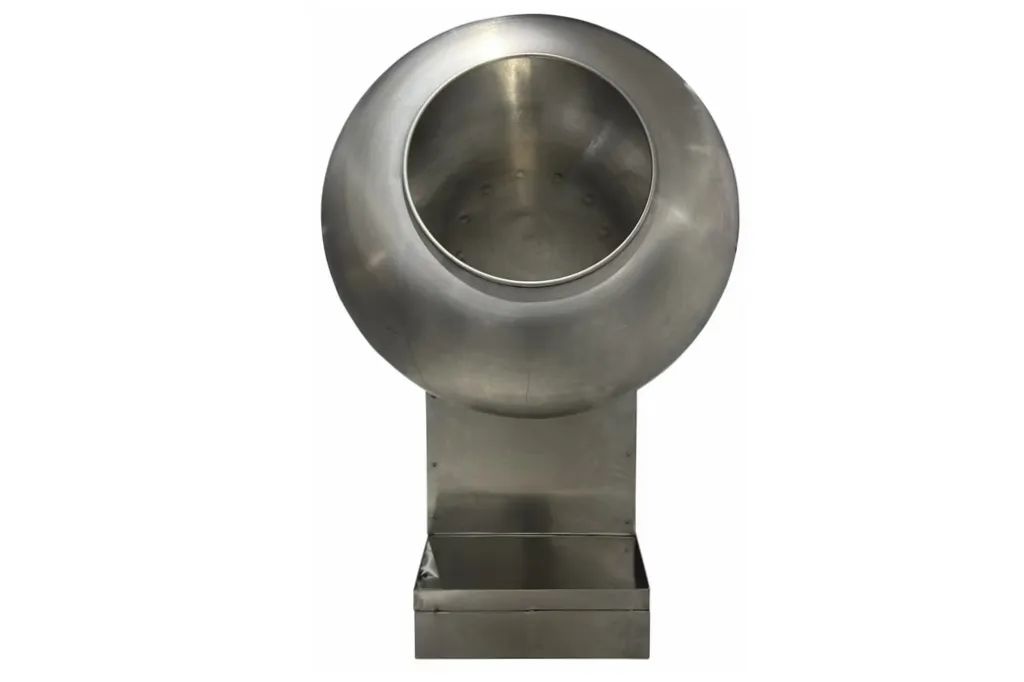
As a vaccine production device from the 1960s, the sugar-coating machine helped China conquer poliomyelitis. Sugar-coated tablets produced by the machine were easy to store and transport, and were readily accepted by children.
Although the machine has been out of use, it remains a symbol of the era, witnessing the vigorous development of the biopharmaceutical industry.
Basket reactor
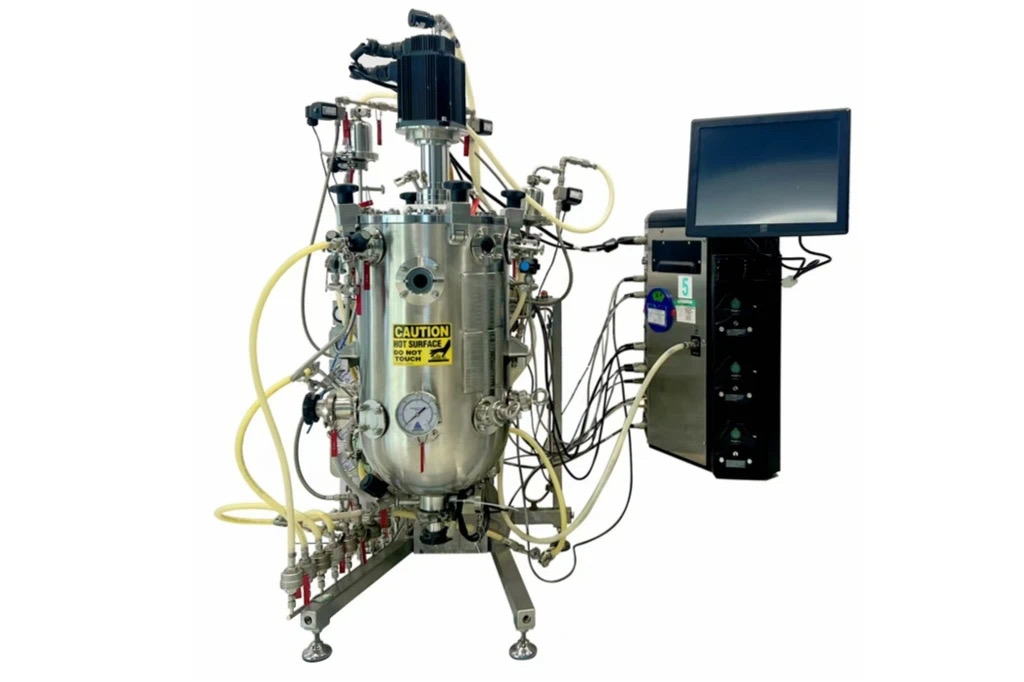
The basket reactor functions as an incubator for viruses. Previously, basket reactors were primarily imported, making it difficult to achieve domestic production. Today, in Sinopharm’s bio-safety level 3 production workshops, dozens of domestically produced 300-liter basket reactors are operating at high speed every day. These reactors provide strong support for the large-scale production of inactivated viral vaccines.
Beijing Museum of Traditional Chinese Medicine Processing Techniques
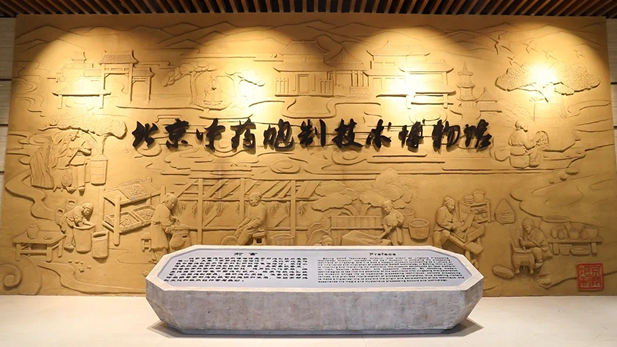
The Beijing Museum of Traditional Chinese Medicine Processing Techniques is a modern museum dedicated to the inheritance and development of traditional Beijing-style TCM preparation techniques.
Jointly established by the Beijing Administration of Traditional Chinese Medicine and Sinopharm Group Beijing Huamiao Pharmaceutical Co Ltd, the museum opened to the public on Nov 8, 2018, and was officially listed as a State-owned museum in July 2020. In April 2021, it became a Patriotic Education Base of Beijing.
The museum provides a fully immersive experience by recreating traditional processing scenes for visitors. It employs digital technologies such as VR and holographic imaging to transcend time and space to showcase the charm of TCM processing.
Representative piece of the collection
Herbarium specimens from the Third National Survey on Traditional Chinese Medicine Resources
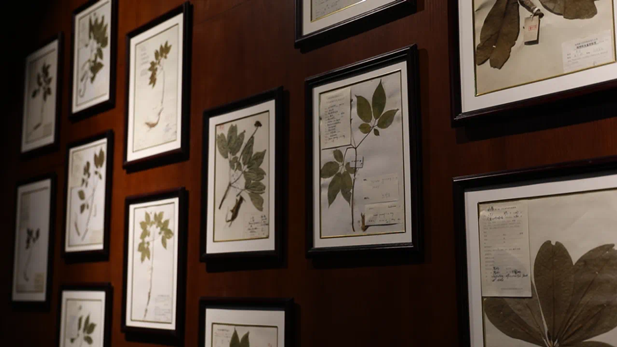
The herbarium specimens from the Third National Survey on Traditional Chinese Medicine Resources in 1983 transcend time and space. The yellowed labels on these specimens recount the research journeys of generations of botanists dedicated to studying a particular species. By touching an ancient specimen, one may feel as if they are reaching across time, sensing the warmth of the fingertips of the older generation of botanists.
TCM Formula Granule Popular Science Education Base

The Traditional Chinese Medicine Formula Granule Popular Science Education Base was constructed by Guangdong Efong Pharmaceutical Co Ltd, under Sinopharm’s China Traditional Chinese Medicine Holdings Co Ltd.
As the Guangdong Province Traditional Chinese Medicine Culture Promotion and Education Base and an industrial tourism cultivation project in the province, it encompasses an exhibition space for the reform of decoction pieces and dosages, an intelligent dispensing system showroom, a plaster exhibition hall, a health product experience hall and a decoction piece specimen museum.
The facility is equipped with about 100 science popularization personnel, providing visitors with knowledge about the entire industry chain of TCM and Chinese medicine formula granules.
The specimen center of the base showcases 174 types of traditional Chinese medicinal material specimens and 160 types of standard decoction freeze-dried powder. Each specimen has a QR code that allows visitors to access information about its collection time, place of origin and inspection reports.
Representative piece of the collection
Giant kudzu root

The centerpiece of the specimen center is a giant kudzu root, collected from Qiannan prefecture in Guizhou province. Shaped like a dragon, it weighs 326 kilograms and measures nearly five meters in length. Based on its size, its growth period is estimated to be over 50 years.
Sinopharm Taiji Museum of TCM Specimens
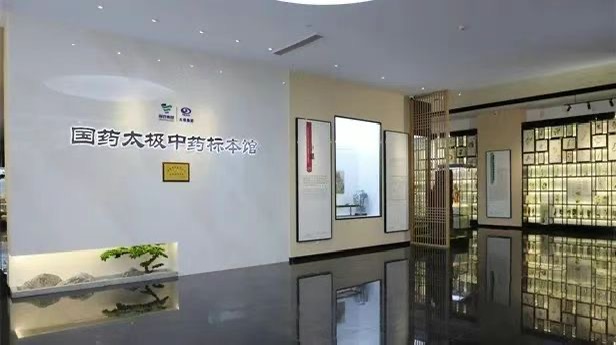
The Sinopharm Taiji Museum of TCM Specimens is located in Chongqing and is an important part of Chongqing Taiji Industry (Group) Co Ltd’s science education matrix, which includes two parks, two museums and three bases.
The museum showcases TCM culture from various dimensions such as viewing, craftsmanship and heritage. Through specimen displays, modern technology interactions and hands-on practical experiences, it fully demonstrates the integration between the essence of TCM culture and modern intelligent manufacturing.
Representative pieces of the collection
Agarwood
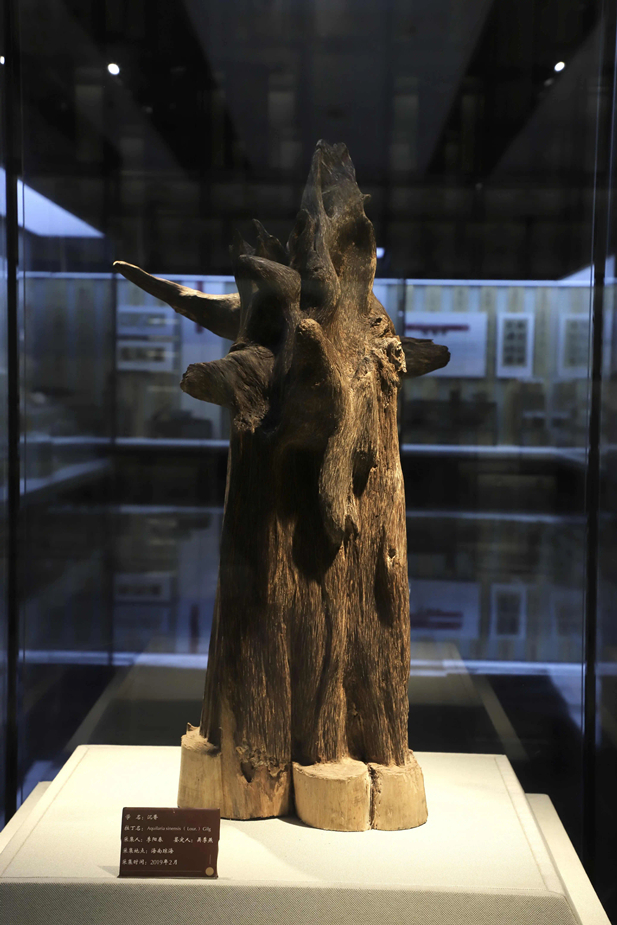
Agarwood, a fragrant spice, is also a precious medicinal material widely used in China, with a history of application spanning more than 1,000 years worldwide. It is the main ingredient of the Taiji Agarwood Gas-relieving Tablets, used to treat abdominal bloating, belching and acid reflux.
The agarwood specimen preserved at the Sinopharm Taiji Museum of TCM Specimens originates from Hainan province and has a history of 80 years.
Licorice

Licorice, primarily produced in Inner Mongolia and Xinjiang Uygur autonomous regions, has the effects of regulating the spleen and stomach, relieving pain and harmonizing other medicines. It is one of the most frequently used traditional Chinese medicines.
The licorice specimen at the Sinopharm Taiji Museum of TCM Specimens is robust in shape, sourced from Aksu prefecture in Xinjiang, and has been authenticated to be over 100 years old.
Cinnamon
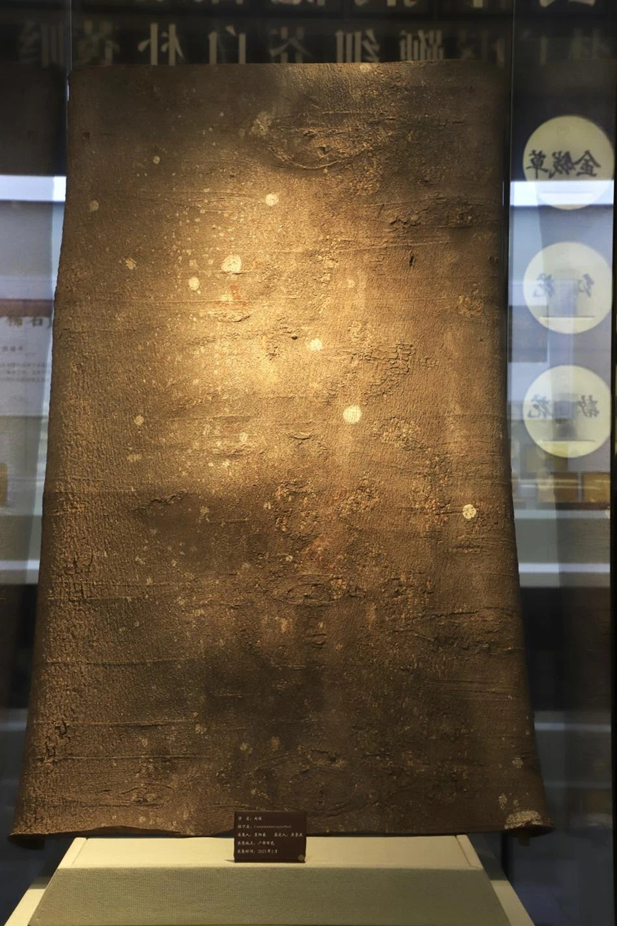
Cinnamon is obtained from the dried bark of Cinnamomum trees from the Lauraceae family. It helps dispel coldness, relieve pain and promote blood circulation and menstruation. Cinnamon is heavily used in Da Huo Luo Wan, a medicine produced by Chongqing Tongjunge Pharmaceutical Factory Co Ltd, under Taiji Group, for treating rheumatism and sequelae of strokes. The cinnamon specimen at the Sinopharm Taiji Museum of TCM Specimens is sourced from Guangxi Zhuang autonomous region and has a history of over 100 years.
Address: Sinopharm Plaza, No 20 Zhichun Road, Haidian district, Beijing
Postcode: 100191
Tel: 86-10-82287727
Fax: 86-10-62033332
- Sinopharm Group Co Ltd (Sinopharm Holding)
- China National Biotec Group Company Ltd
- China State Institute of Pharmaceutical Industry
- China Sinopharm International Corporation
- Reed Sinopharm Exhibitions Co Ltd
- China Traditional Chinese Medicine Holdings Co Ltd
- Shanghai Shyndec Pharmaceutical Co Ltd
- Sino Pharmengin Corporation
- China National Pharmaceutical Investment Co Ltd
- Sinopharm Group Finance Co Ltd
- China National Medicines Corporation Ltd
- China National Accord Medicines Corporation Ltd
- Beijing Tiantan Biological Products Co Ltd
- Chongqing Taiji Industry (Group) Co Ltd
- China Pharmaceutical Industry Association
- China National Narcotic Drugs Association
- China Association of Pharmaceutical Commerce
- China Pharmaceutical Innovation and Research Development Association
- China Association of Medicine Devices Industry
- China Association of Traditional Chinese Medicine
- China Pharmaceutical Culture Society




